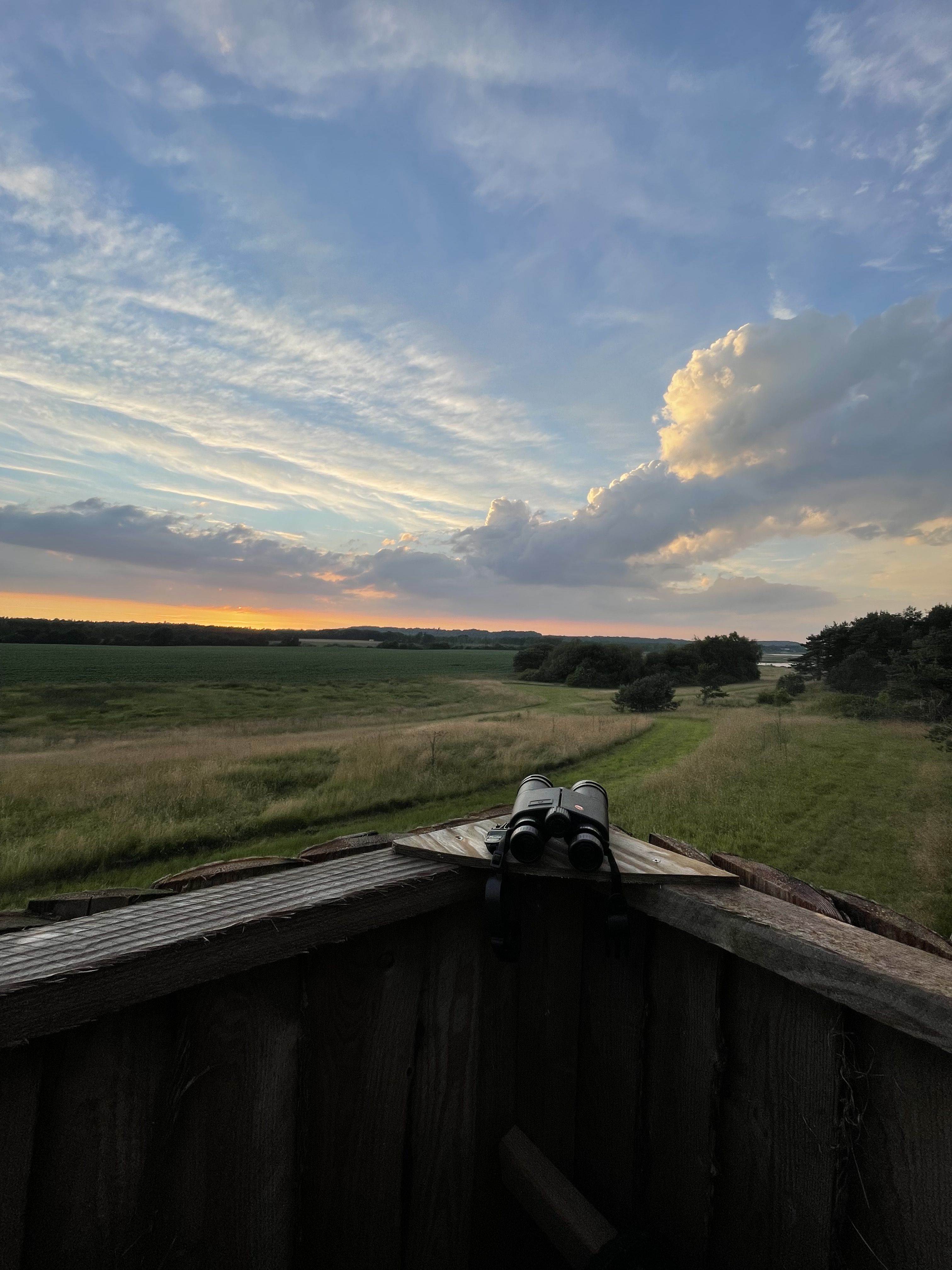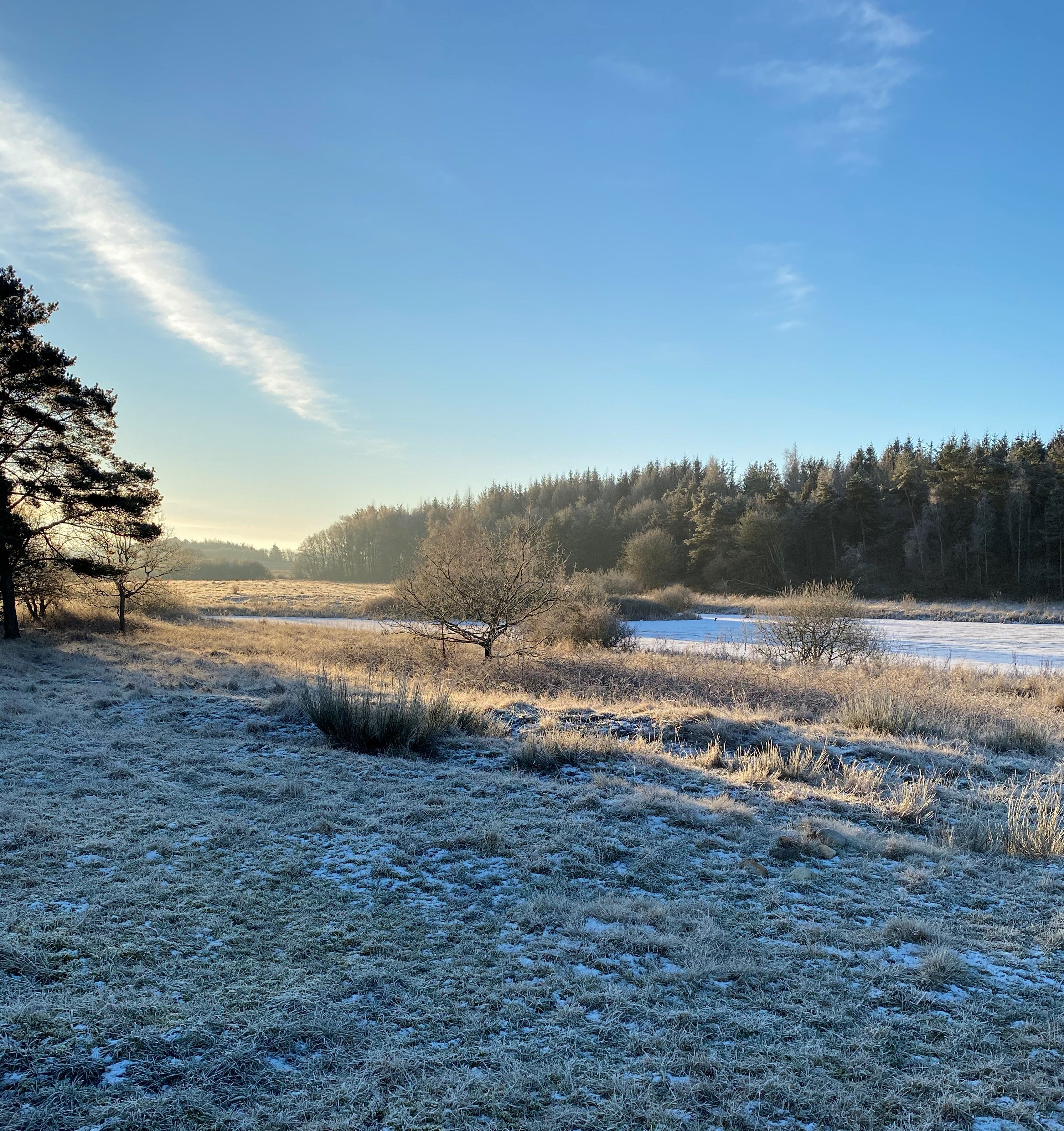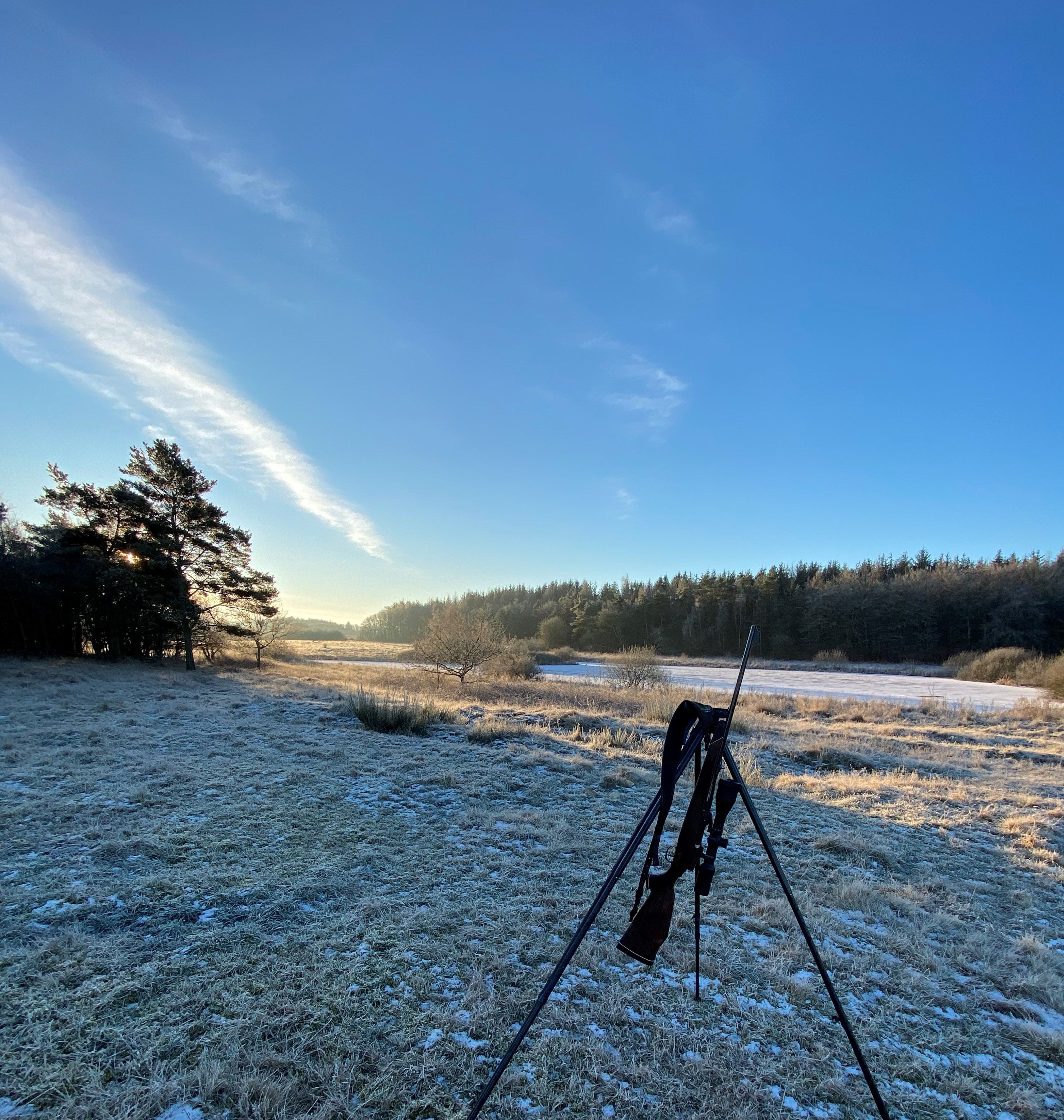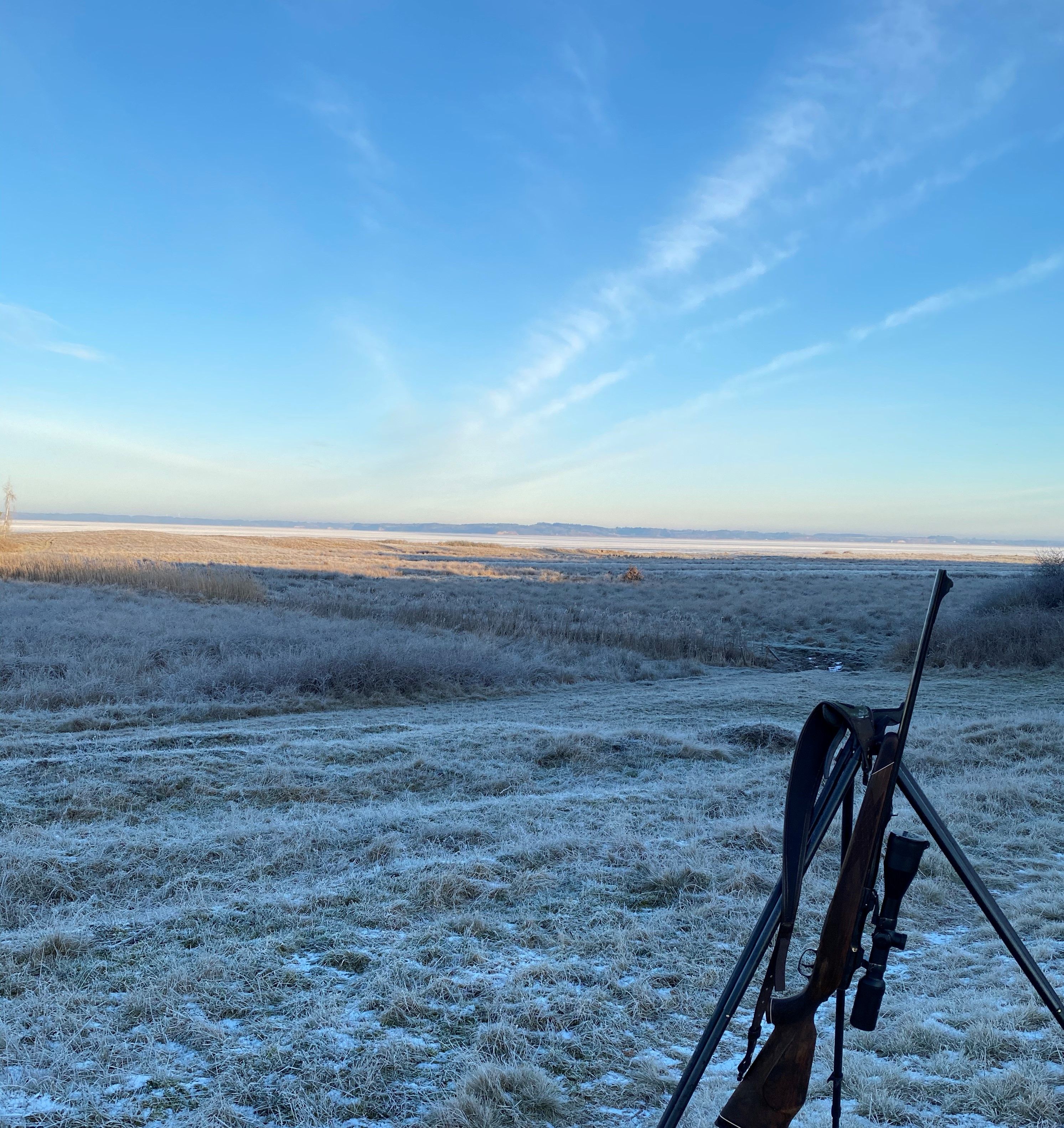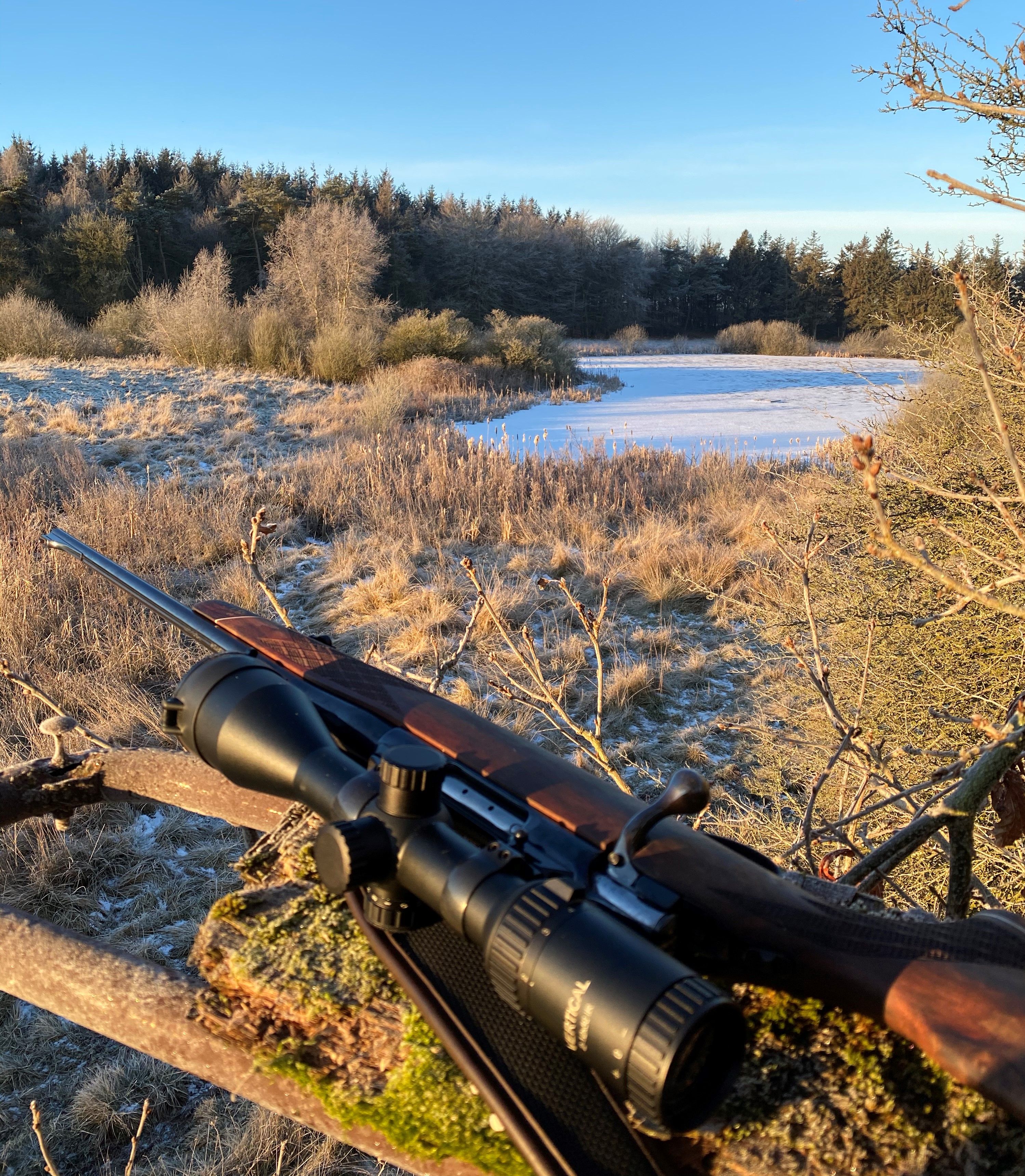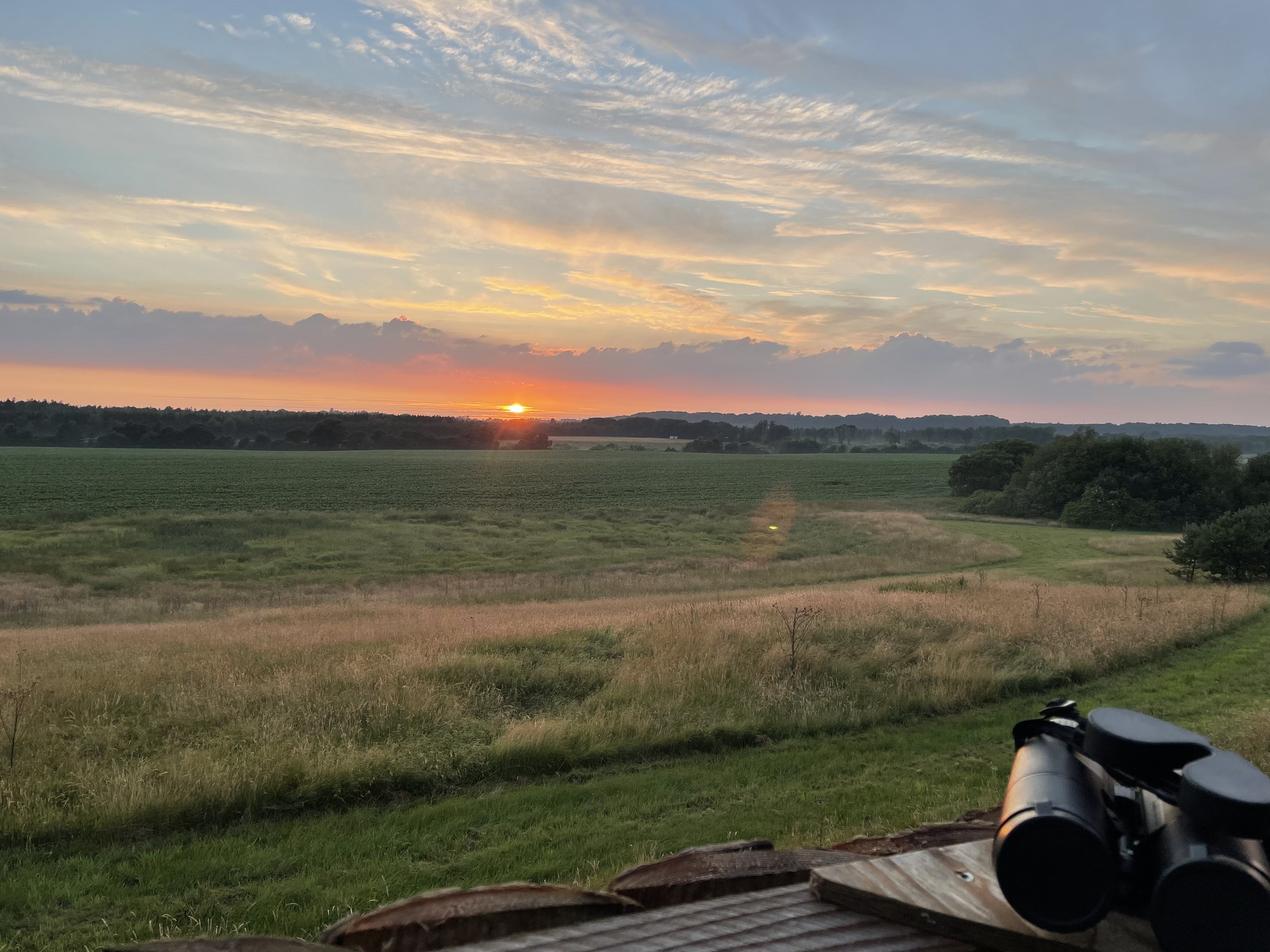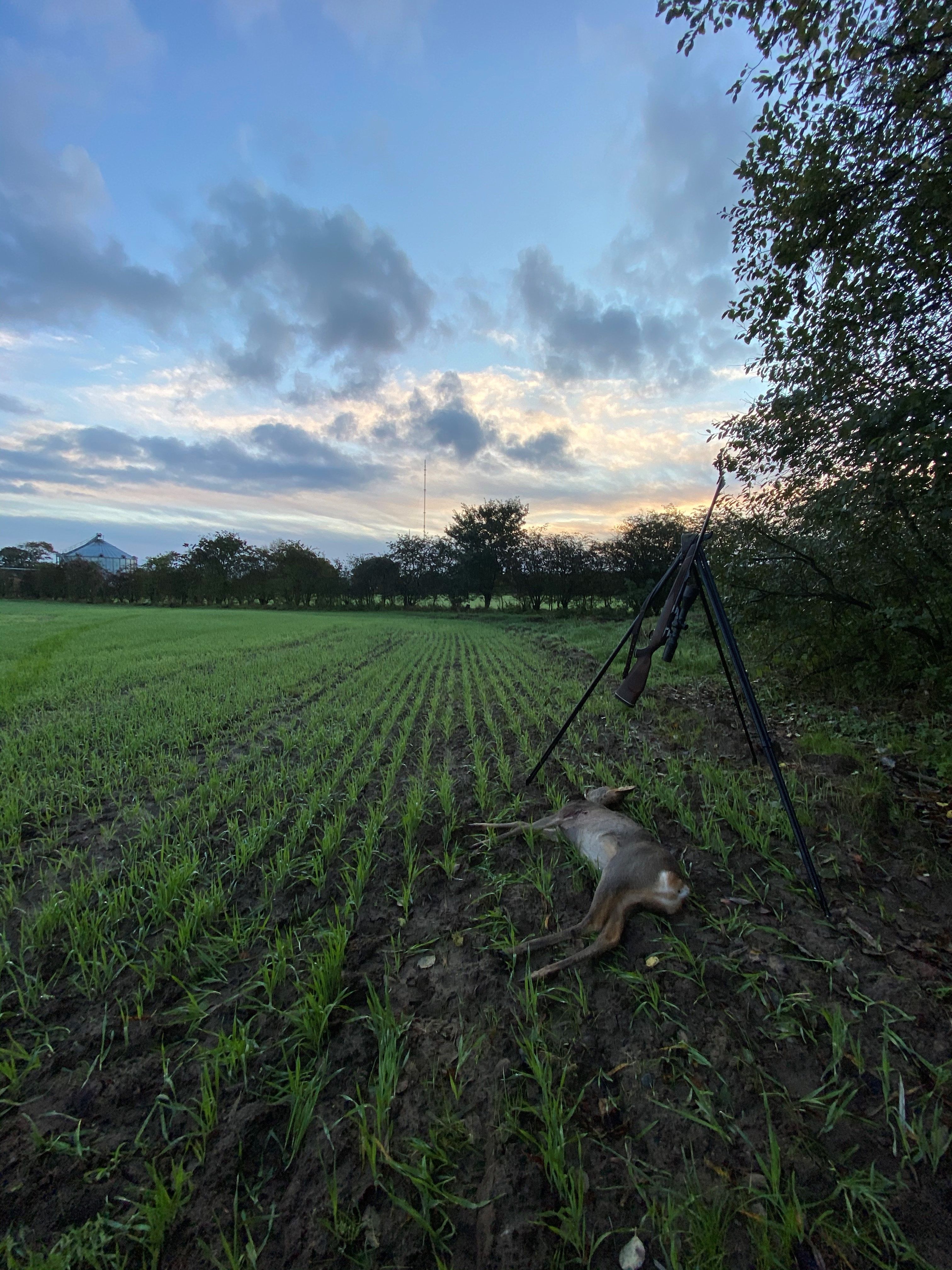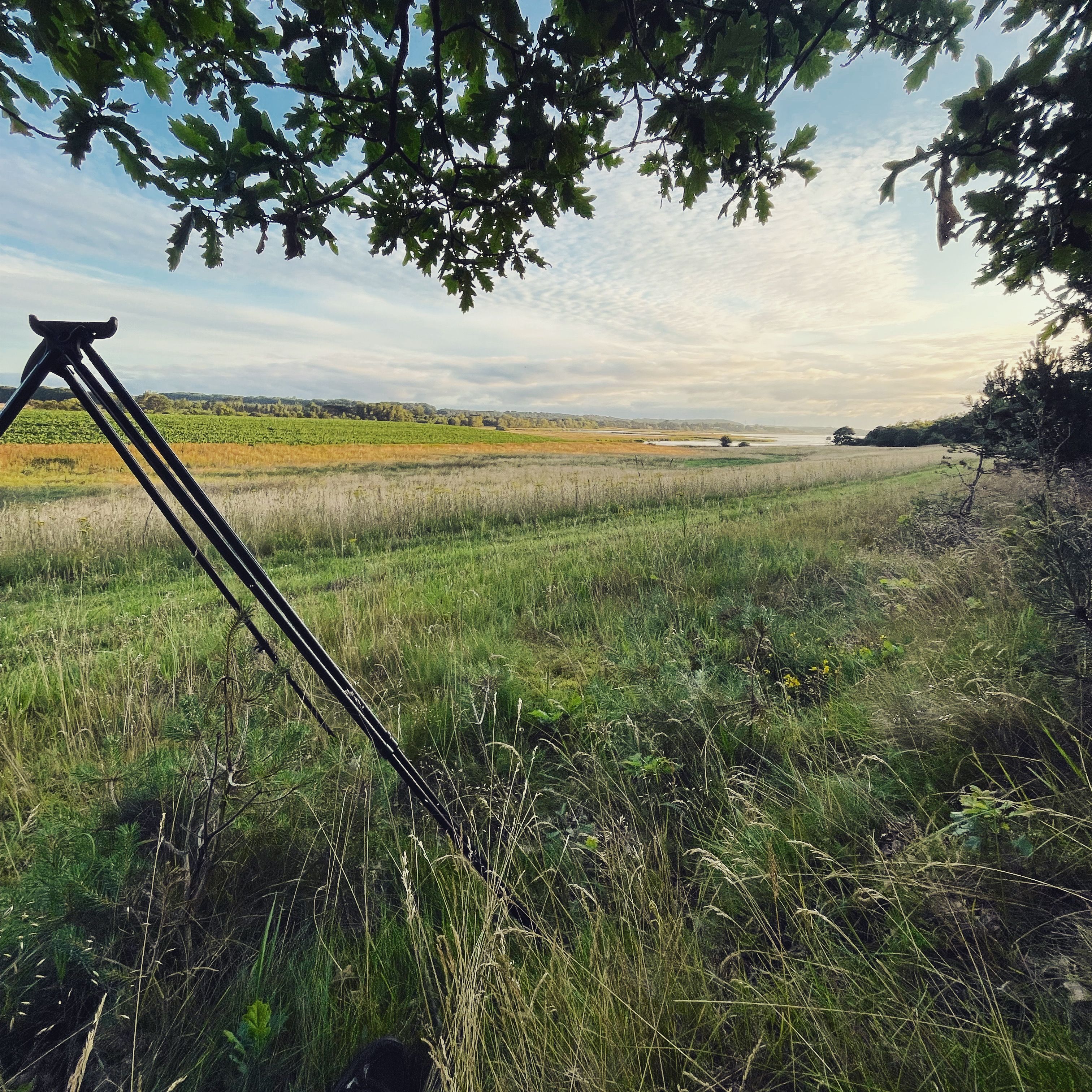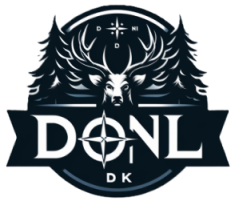The raccoon dog (Nyctereutes procyonoides) is an invasive predator that has spread across Denmark in recent decades. This species poses a threat to both biodiversity and livestock, prompting strict regulations for its control and management in Denmark.

What is a Raccoon Dog?
The raccoon dog originates from East Asia but was introduced to Russia and Eastern Europe in the 20th century for fur production. From there, it has spread to several European countries, including Denmark.
The raccoon dog resembles a raccoon with its black-and-white facial mask and bushy fur, but it actually belongs to the canine family. It is nocturnal and an opportunistic feeder, meaning it eats everything from small mammals and birds to insects and carrion.
Why is the Raccoon Dog Regulated?
The raccoon dog poses a threat to Danish nature and wildlife for several reasons:
- Biodiversity: Raccoon dogs prey on ground-nesting birds and amphibians, which are already threatened by habitat destruction.
- Disease Transmission: The species can carry and spread diseases such as the fox tapeworm and rabies, which can have serious consequences for wildlife, livestock, and humans.
- Rapid Reproduction: Raccoon dogs produce large litters (often 6-10 pups per litter), enabling populations to grow and spread rapidly if not effectively controlled.
Regulations and Control of Raccoon Dogs in Denmark
To limit the spread of raccoon dogs, the Danish Environmental Protection Agency and the Nature Agency have introduced several control measures:
- Hunting and Trapping: Raccoon dogs can be hunted and trapped year-round. Hunters and landowners may use firearms or traps in accordance with hunting regulations.
- Use of Electronic Monitoring: GPS-tagged 'Judas raccoon dogs' are tracked to locate and eliminate other raccoon dogs in the area.
- Reporting Requirement: All culled or captured raccoon dogs must be reported to the Nature Agency to monitor the population and optimize control efforts.
- Elimination of Pups: If a raccoon dog den with pups is discovered, it may be removed to prevent further spread.
